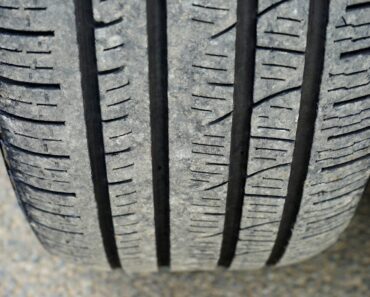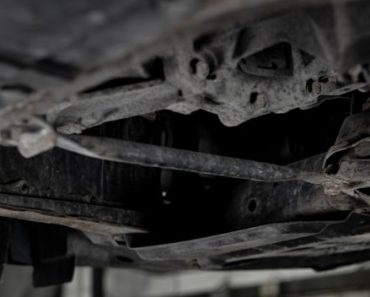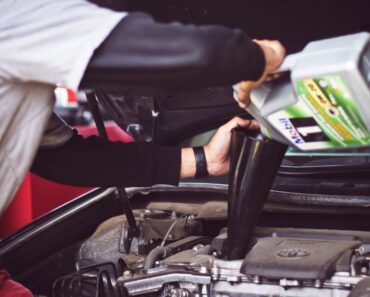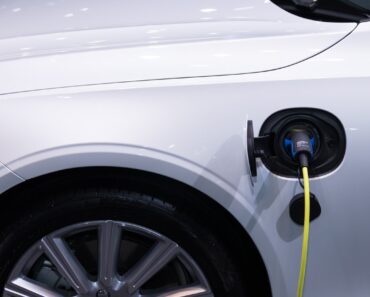Generally, if there’s one car part that needs to be changed from time to time, that would be the brake pads. And it’s easy to see why. These are designed to work under pressure and ensure that the rider is safe at all times. Understanding how many brake pads are on a car is very important because you will know exactly how these work, and also find a better way to use them without dealing with any possible damage.

How many brake pads does your car have and where are they located?
Usually, a regular vehicle has a brake pad on every wheel, the rear, and the front. However, there are also vehicles that have two pads in a single wheel. So in general, you will have cars that have 4 brake pads, but also models that have 8 brake pads in total. Most of the newer models have 2 brake pads per wheel, something that was added specifically as a safety feature. It’s a very good idea and it does convey great efficiency, which is why pretty much every new car has more brake pads when compared to older models.
The main role of brake pads is to assist the car pass or forestall. These rely on kinetic power in order to stop wheel transfer. Braking properly is a necessity and crucial if you want to stay safe on the road, so making sure that your brake pads are working adequately is super important.
When do you need to change brake pads?
It depends on a variety of factors, but the main one is how much you used your vehicle. The average lifespan of a brake pad is anywhere from 25000 to 65000 miles. This varies based on the brake pad quality, brand, but also how much pressure you put the brake pad through. When should you consider changing your brake pads? When they are too old or damaged, you will hear a growling sound.
On top of that, when you check and see the brake pads, you will notice they are thinner than before. That means they were used quite heavily, so it makes a lot of sense to change these whenever you have the possibility. Another thing to note is that the overall car weight also matters. If you’re traveling with the maximum amount of passengers most of the time, this will bring in extra weight and that puts even more pressure on your brake pads. Needless to say, they won’t last as long.
Conclusion
We recommend checking your car’s brake pads from time to time to ensure everything is in very good shape. You never really know what problems might arise, so checking these brake pads is not only helpful, it will also make it easy to prevent any possible accidents. If you change your brake pads every 40000 to 50000 miles you should be fine. That being said, you do want to work closely with a professional and ensure that they are properly maintained to keep you and your passenger’s safe while on the road!






